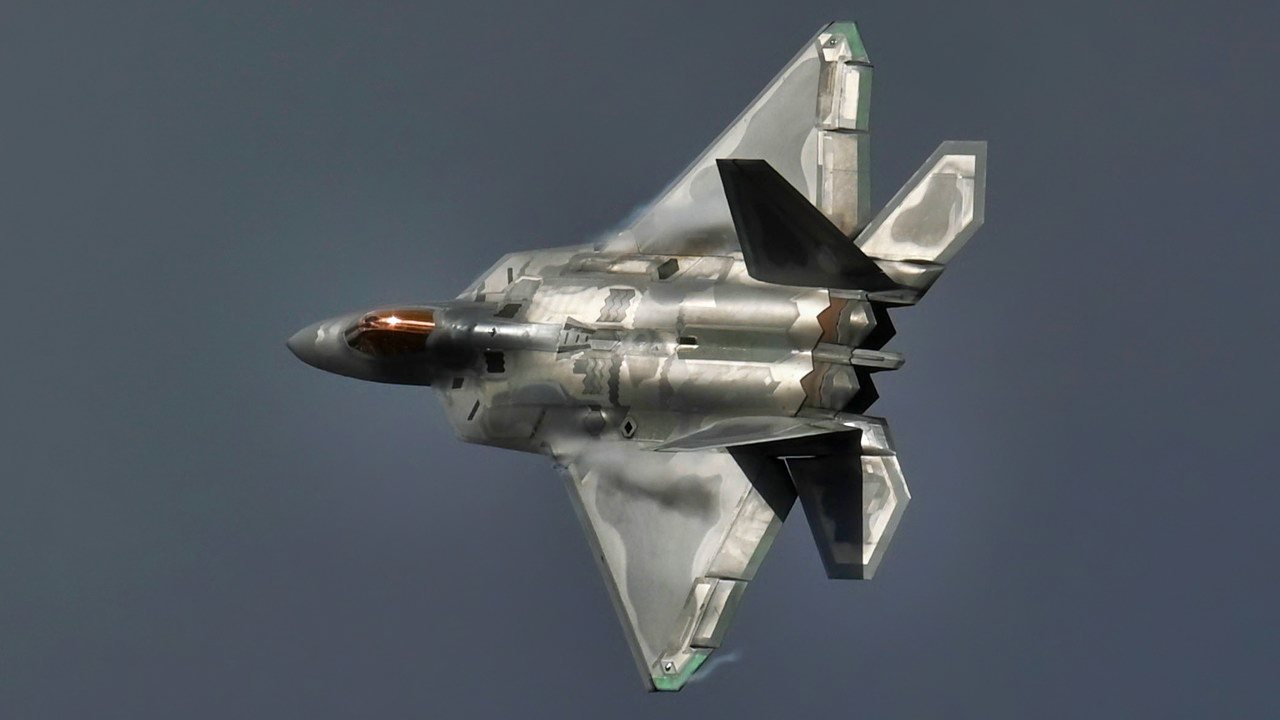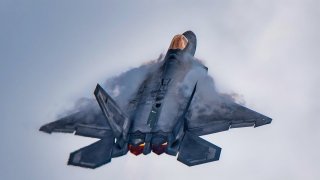10 Revelations on the Biden Administration’s Chinese Spy Balloon Debacle
One year ago, a Chinese spy balloon was allowed to fly, unmolested, over some of the most critical and classified defense installations in the United States. From the beginning, the Biden administration did its best to hide, obfuscate, challenge, or deny details that would convey the depth of this breach in national security.
One year ago, a Chinese spy balloon was allowed to fly, unmolested, over some of the most critical and classified defense installations in the United States. From the beginning, the Biden administration did its best to hide, obfuscate, challenge, or deny details that would convey the depth of this breach in national security.
Here are ten facts that reveal the depth of the administration’s gas-lighting and incompetence:
1) U.S. agencies have known of China’s balloon surveillance program for years. Those reconnaissance platforms are tracked by the National Security Agency (NSA), Space Command, and National Reconnaissance Office (NRO) satellites from launch through the end of their missions through the balloon’s satellite communications (SATCOM) with its controlling agency in China.
2) North American Aerospace Defense Command (NORAD) relies on those agencies to alert and cue its array of forty-seven radar systems that span the entire Arctic coast of North America to approaching threats, and last January, they did just that.
3) NORAD radars can detect targets traveling at speeds from twenty-five to 3,000 miles per hour. Controllers normally set minimum velocity thresholds to filter out low-speed returns like cars, birds, or weather. Unlike the administration’s claims, controllers can remove those filters in seconds at their consoles, which allowed them to detect the Chinese spy balloon before it entered NORAD airspace.
4) That early warning also allowed the fighter wing at Elmendorf AFB to brief pilots on the threat they’d be facing before they stepped to their jets the next day, rather than responding to a pop-up threat by scrambling them to jets off of a classic alert posture, unaware of the threat they would be intercepting.
5) While the administration may still claim it was unaware of the capabilities of high-altitude balloons, as recently as 2019, the Defense Department experimented with the navigation capabilities of World View Ballons and the wide-area surveillance capabilities of Sierra Nevada Corporation sensors. Like the Chinese Spy balloon, World View’s balloons change altitudes to take advantage of wind direction and velocities, allowing them to navigate across large distances to specific target locations. Once there, they can station-keep over those targets for days at a time, enabling sensor packages to collect images and signals intelligence with much greater fidelity than satellite-borne systems. The Chinese balloon didn’t wander accidentally into US airspace. It flew there intentionally.
6) Exceptional satellite imagery systems have a resolution of some thirty centimeters, but balloons operate much closer to the earth than satellites, allowing similar imagery systems to deliver five-centimeter resolution, capturing every detail required for precision targeting.
7) Although the Biden administration insisted the balloon might not be able to gather as sophisticated imagery as a satellite and so did not represent a security risk, proximity has an even greater impact on signals intelligence collection. Radio signal strength decreases with the square of the distance from the source, which means signals reaching that spy balloon were 490 times stronger than those reaching Chinese satellites in low-earth orbit, allowing it to readily collect SIGINT undetectable in space. The DoD knew that the balloon was a significant threat, and it should have been destroyed off the coast of Alaska, so why didn’t NORAD shoot it down?
8) NORAD has the authority to engage imminent threats that can strike targets in North America. However, engaging non-imminent threats that can’t deliver ordnance requires the approval of the president or the secretary of defense. The NORAD commander notified the Chairman of the Joint Chiefs of Staff of the threat on January 27, a day prior to it entering NORAD airspace, and waited for a response that apparently never came.
9) The Biden administration did nothing for three days. Not until January 31 did President Biden even request military options from NORAD. Citing the fear of collateral damage, the administration allowed one of China’s most capable reconnaissance platforms to fly across the whole of the continental United States. This included loitering over our strategic missile fields, our long-range B-1, and our stealth B-2 bomber bases. President Biden could have ordered the balloon to be downed off the coast of Alaska or over the frozen tundra of Alaska or Canada, where there was virtually no risk of collateral damage, but for some reason, he allowed that spy balloon to complete its mission before ordering it to be shot down off the East Coast.

10) If there were any doubts about the Administration’s dishonest fears about collateral damage, they were put to rest over the next eight days when three more balloons, likely every one NORAD could locate, were shot down over Canada, Alaska, and Lake Huron. Because of their altitudes, size, and payloads, intercepting pilots could readily determine the three objects to be harmless and, despite the administration’s claims, they were nowhere near jet routes—no threat to air carrier traffic. And yet the president or the secretary of defense ordered each to be shot down under the same risk for collateral damage.
It wasn’t an intelligence failure or lack of military capability within NORAD that allowed this breach in security. It was the indecision and incompetence of President Biden that allowed it to happen, and the United States will remain at risk until he leaves office.
About the Author
John “JV” Venable is an F-16 fighter weapons school graduate and Senior Research Fellow for Defense Policy at the Heritage Foundation.
Image: Creative Commons.


